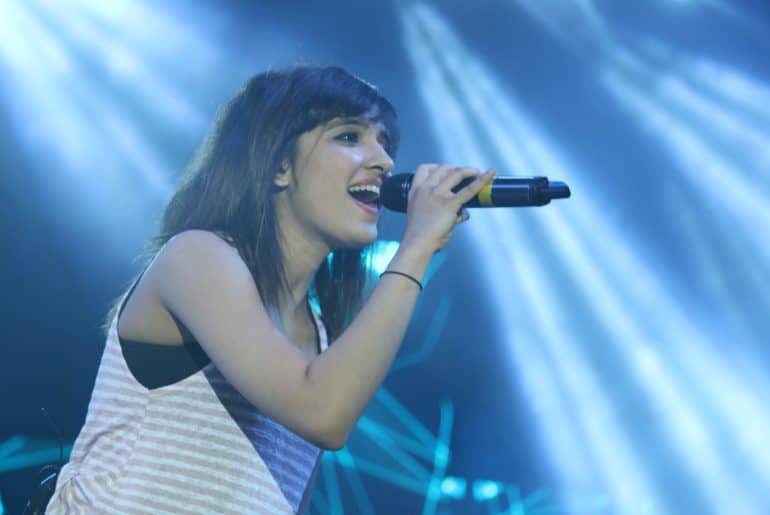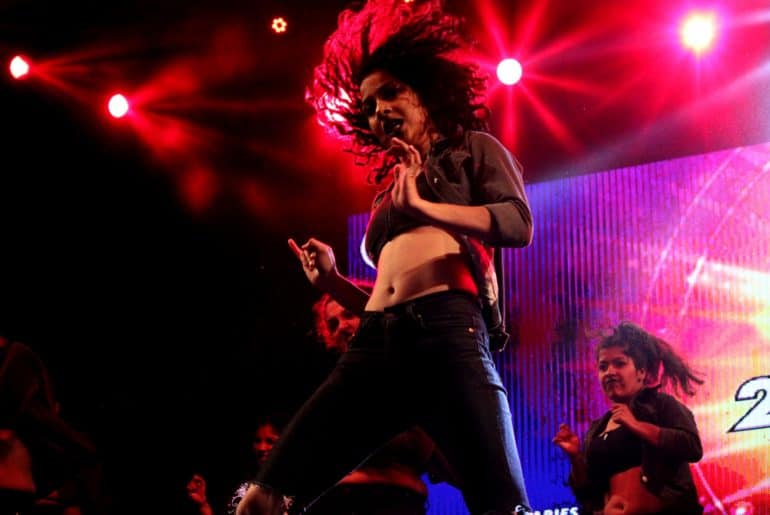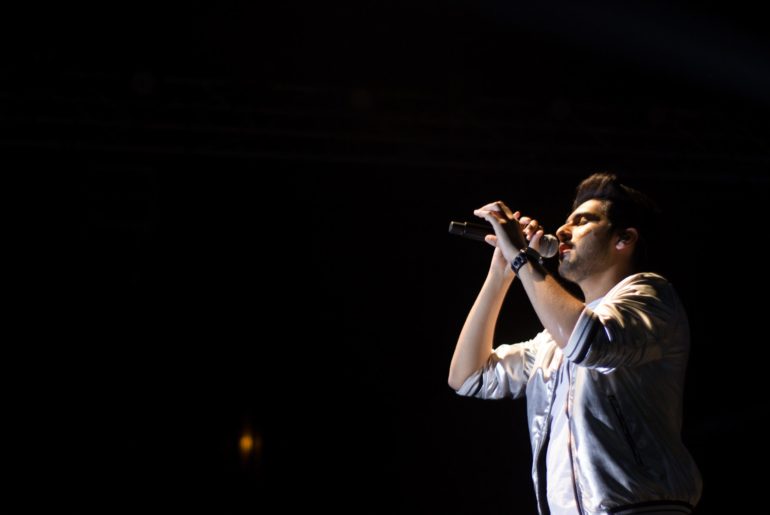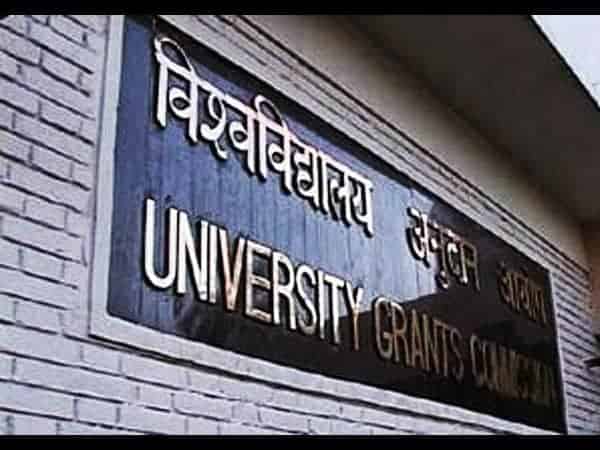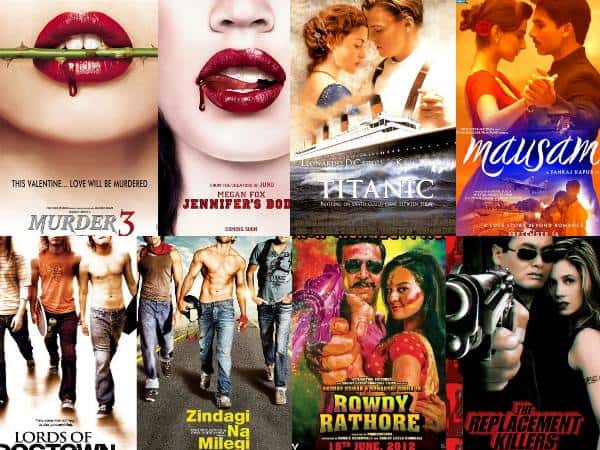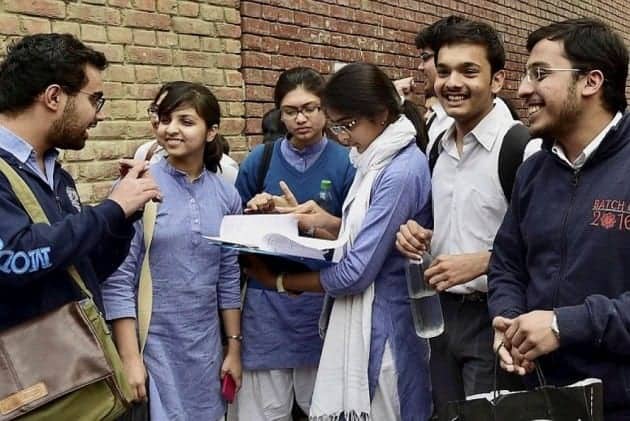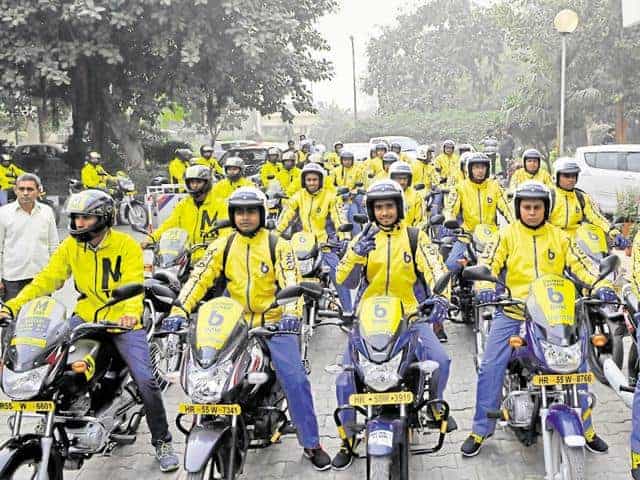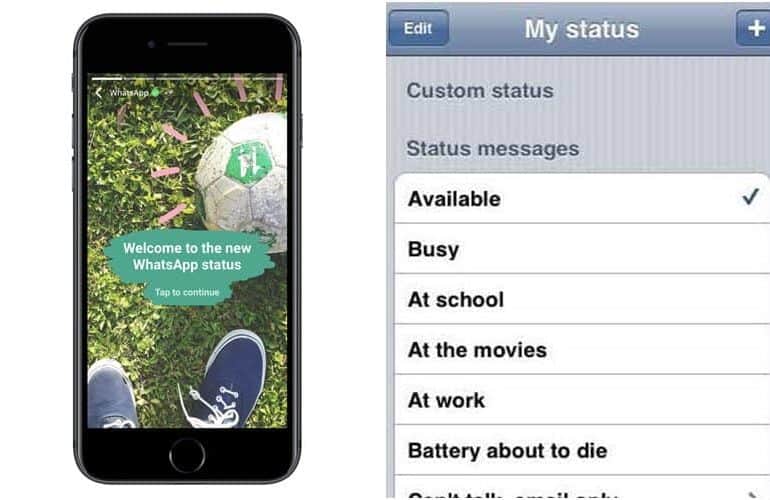Clad in a picturesque semblance of Dilli’s aesthetics and an aura of magnificence, Hindu College’s much anticipated annual cultural fest, Mecca, returns with enthralling events and riveting performances. This dastaan-e-dilli edition of Hindu’s annual extravaganza is a portal to transport the audience to the beloved dilli ki galiyaan and relish the nuances of the history-infused Delhi. The first edition of Mecca 2017 kick started on a musical and creative high, escalating the expectations for the next two days!
The fest was declared open by the profusely talented author, Mr. NeeleshMisra, who is currently hosting shows on Saavn. The inauguration was then succeeded by a brief reading of his book, followed by a motivating interactive session with the audience. Aria, the Western Music Society of Hindu College, organised Chorale, the Western Group Choir Competition. Captivating the crowd with their mesmerising performance, The Western Music Society, Lady Shri Ram College bagged the first award, withSynergy of Shiv Nadar University securing the second place, followed by Echo of Jesus and Mary College and Zephyr, The Western Music Society of Kamala Nehru College.
Under the umbrella of Aramya, the dance fest of Hindu College, the day witnessed the Western Dance Competition, Flair. The event saw participation from ten teams and invigorated all hearts with rhythms and tunes. V-DEFYN of Indian Institute of Technology, Delhi secured the first place, followed by Zeal of Maitreyi College. The rhapsodic experience of music and dance ended with a performance by the Dance out of Poverty initiative. To touch the chords of art and creativity, the first day also saw the organisation of the Slam Poetry and Open Mic competition, along with exciting events of the English Debate and Photography competition.
The choreography society of Hindu, Srijya then hosted the choreography competition, Finesse. Yet another round of scintillating performances ensued with the performers playing on their imagination to conjure up the most beautiful performances centred around creative themes. The competition ended with special performances by Srijya themselves and by ex-members of the society. Not surprisingly, Gargi College bagged the first place while Hansraj College took the second prize home.
The eventful first day reached it’s crescendo with Shiley Setia entertaining the audience with the latest Bollywood and Hollywood numbers. While vlogging with the audience, interacting with them and egging them on to sing along, Shirley made it a point that none was left out of the revelry of the first star night. The standards have been set high at Mecca 2017, as students look forward to two even more exciting days!
Saumya Kalia
[email protected]
Swareena Gurung
[email protected]
Feature Image Credits- Gerush Bahal for DU Beat

